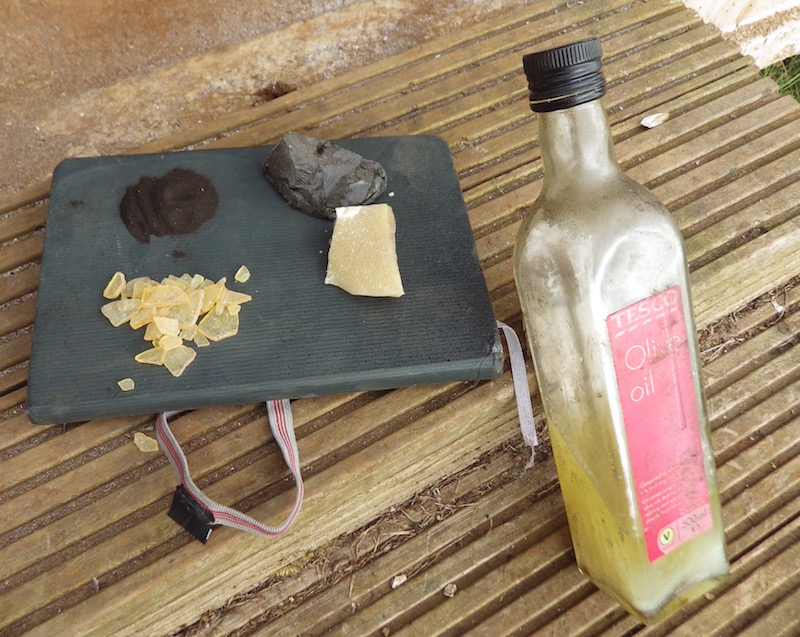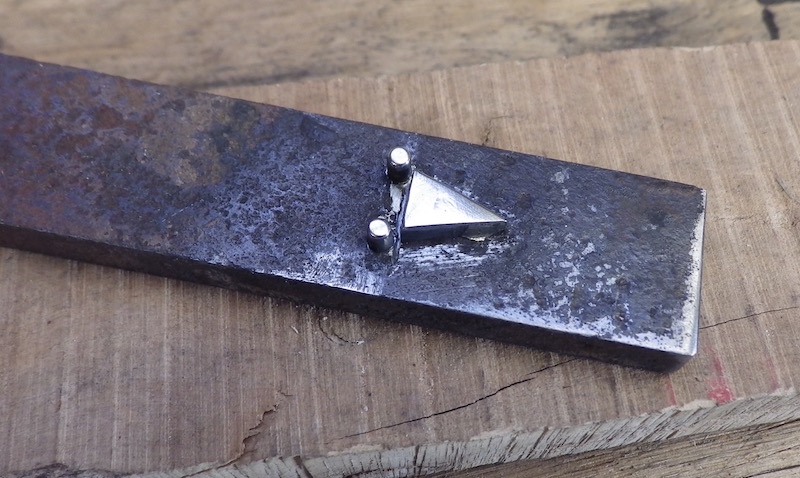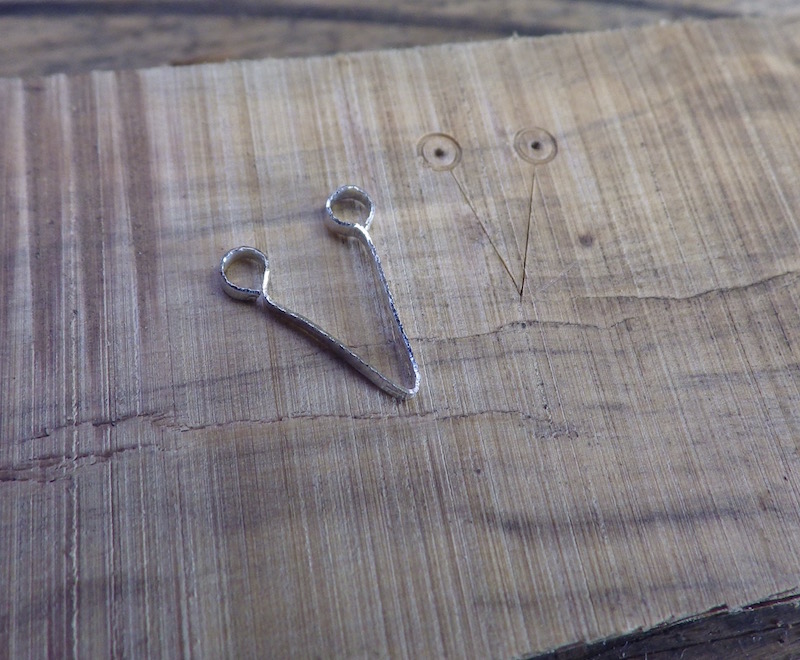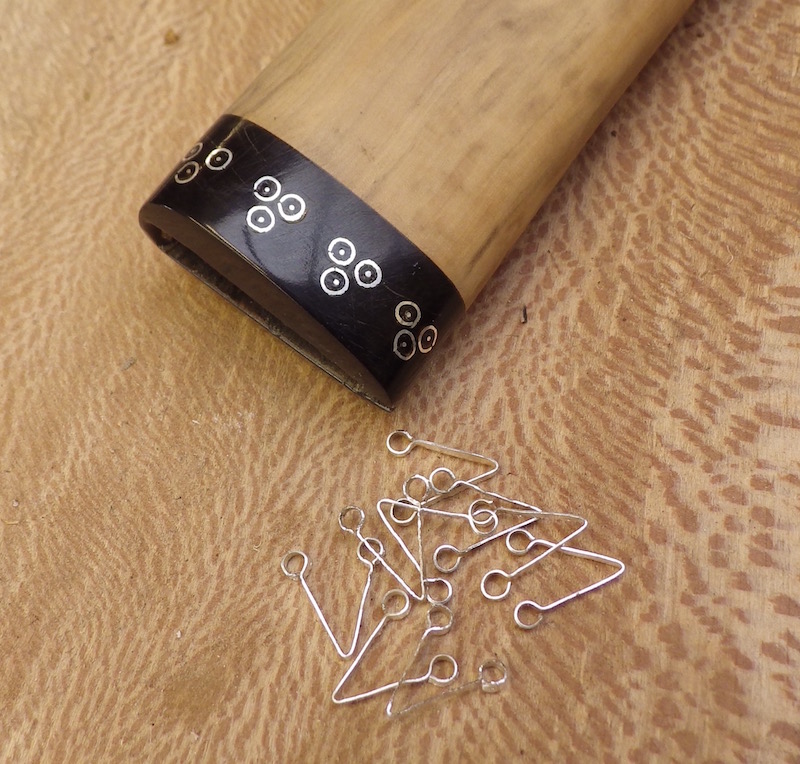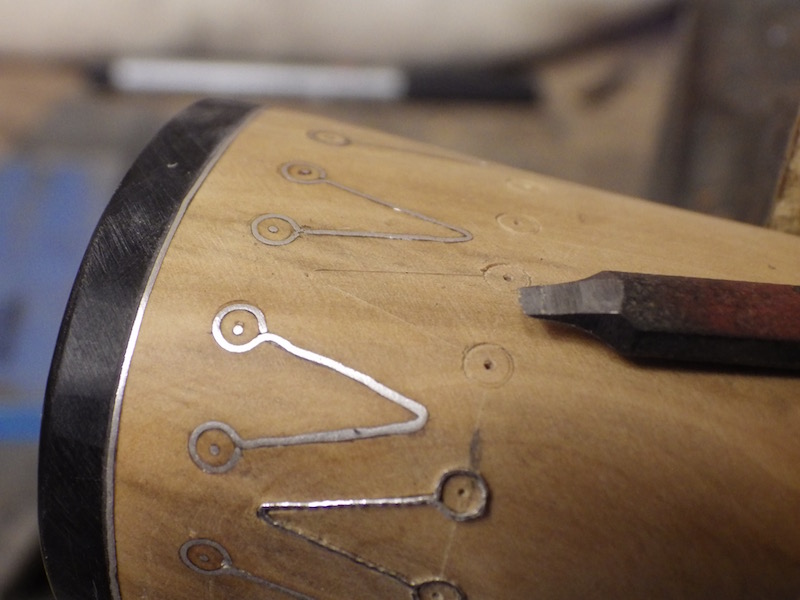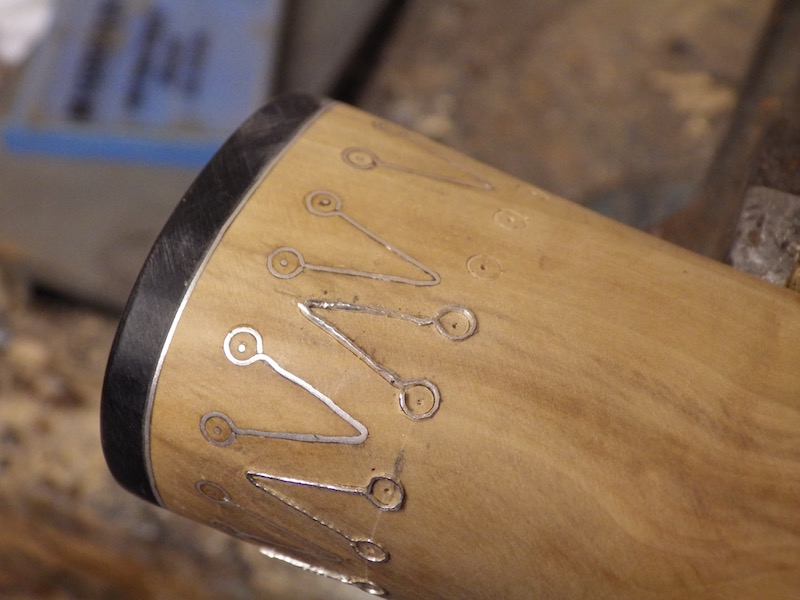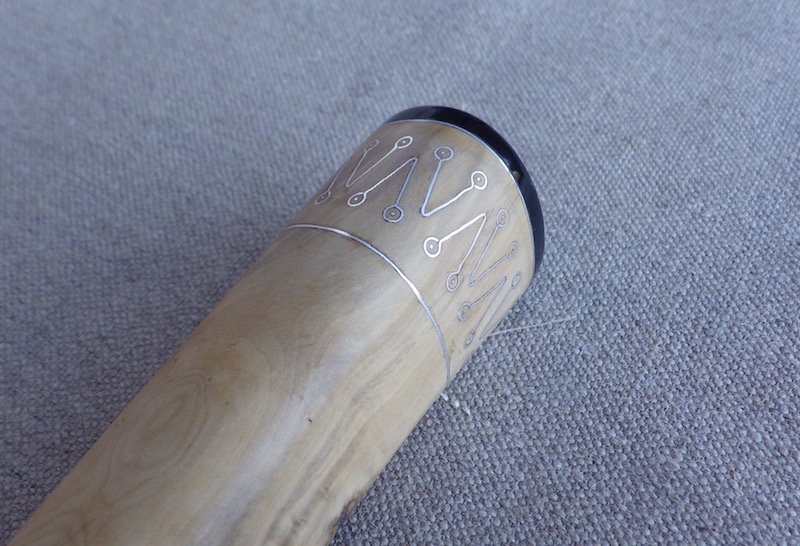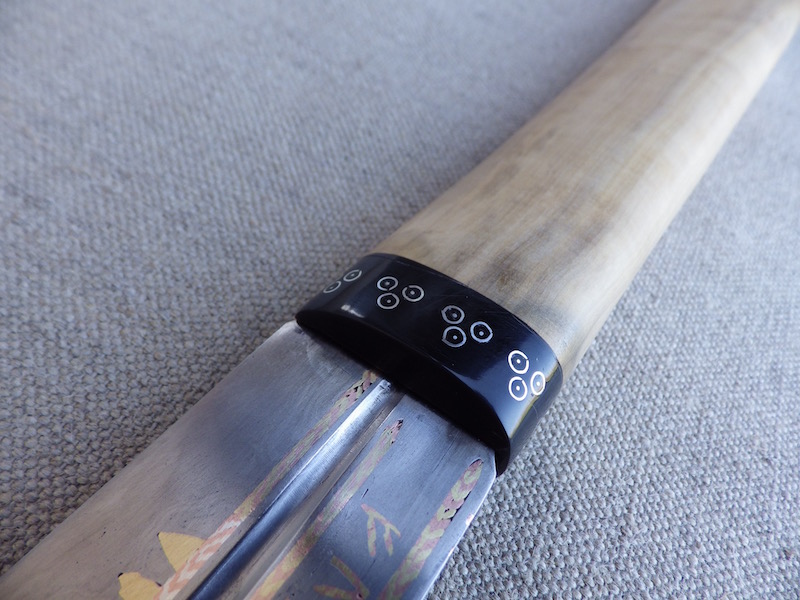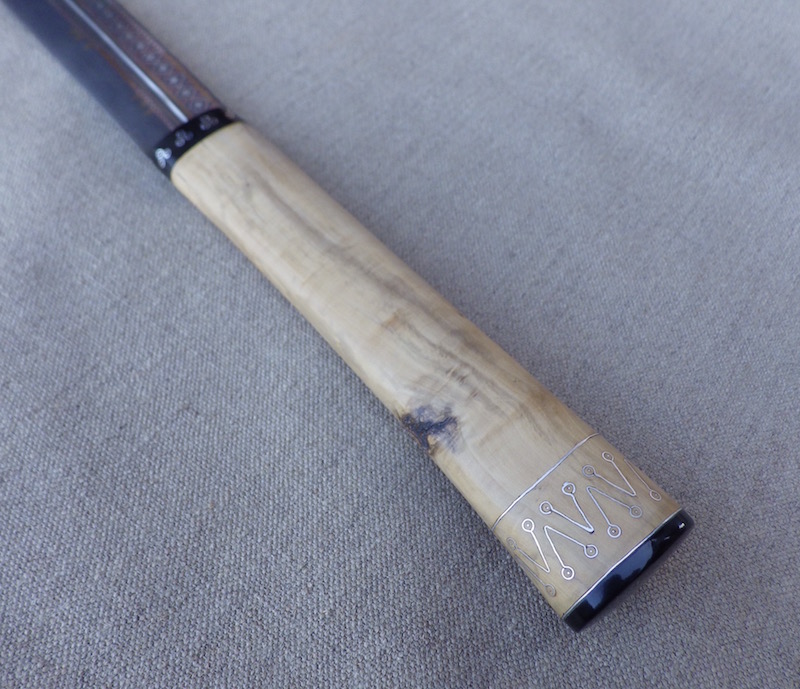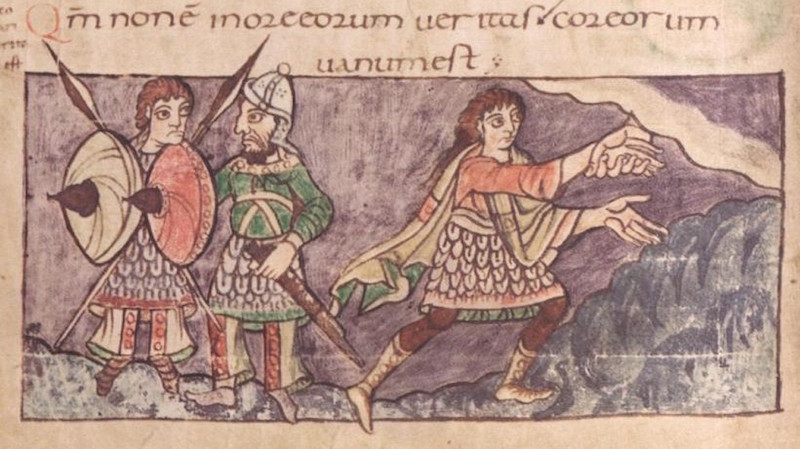| Tommy Johansen wrote: |
| There are two x-radiograph images of the Cumwhitton seax on page 20 (pdf-page 27) in this report:
http://services.english-heritage.org.uk/Resea...011WEB.pdf |
Excellent! Thanks!
| Tommy Johansen wrote: |
| There are two x-radiograph images of the Cumwhitton seax on page 20 (pdf-page 27) in this report:
http://services.english-heritage.org.uk/Resea...011WEB.pdf |

| Leo Todeschini wrote: |
|
By 'bone black' you mean burnt bones I assume? |
| Jeremy V. Krause wrote: |
| I am leaving up the specifics to Tod and I can say that we should stick to decorative choices found in contemporary examples as much as possible.
I do like the concept of using some wire inlay in the handle (as Tod mentions) if that has been found on a piece somewhat contemporary with the Seax of Baegnoth. I also like the look/idea of the thin gilded silver bands shown on the handle of the Jesenwang Seax which Jeroen posted. But not necessarily at the same time. If there is some evidence of horn ferrules being used I am fine with this also. I am wondering if folks think that plain wood or leather covered wood would be a more conservative choice. I really like the look of the spalted box wood that Tod uses. On the other hand if we were to use gilded silver- or brass or whatever bands on the handle- I think that a leather cover might provide a nice contrast. Really brainstorming here. I know that the final decorative choices will involve a certain amount of guess work. I just like to keep it at a minimum. |
| Quote: |
| One really positive aspect is that I do believe that we can comfortably surmise a sound overall shape and dimension of the handle given period examples. |

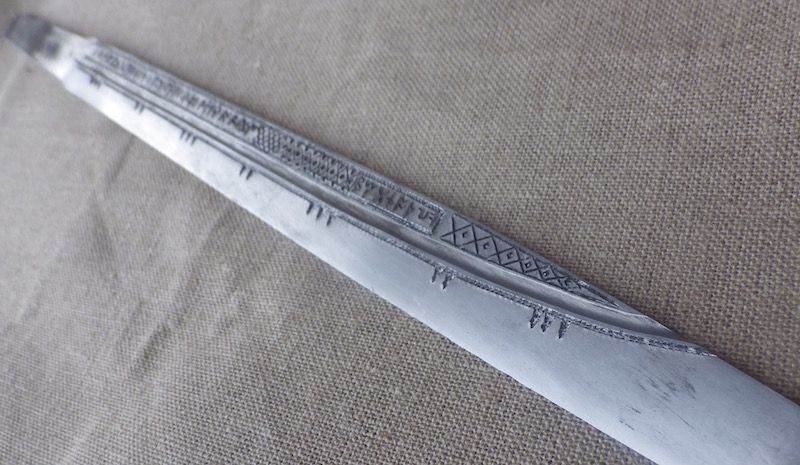



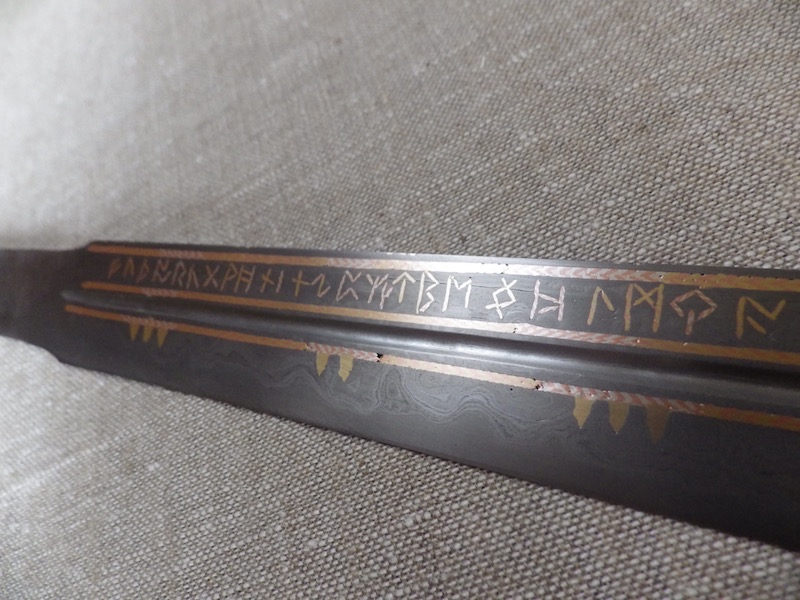
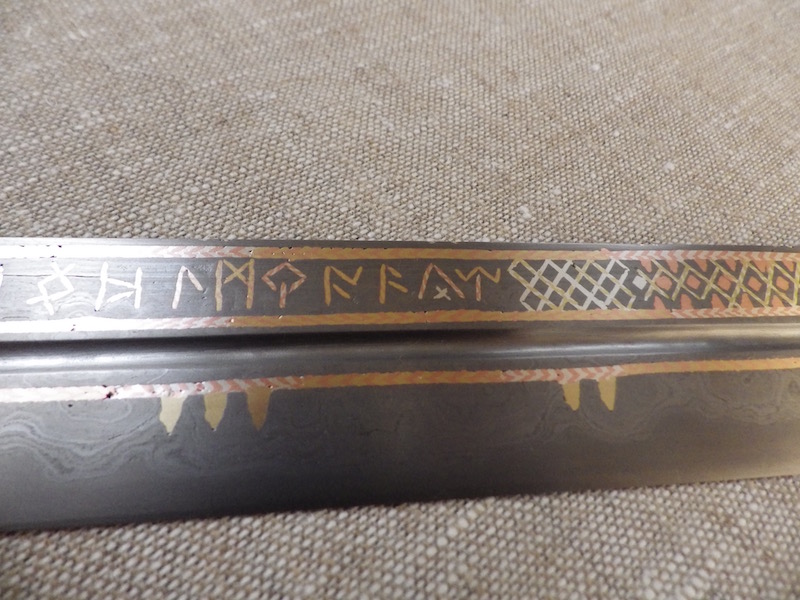

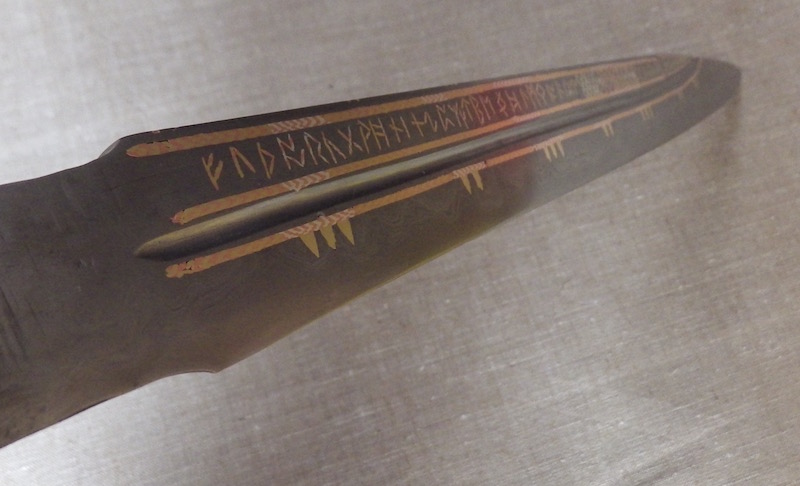

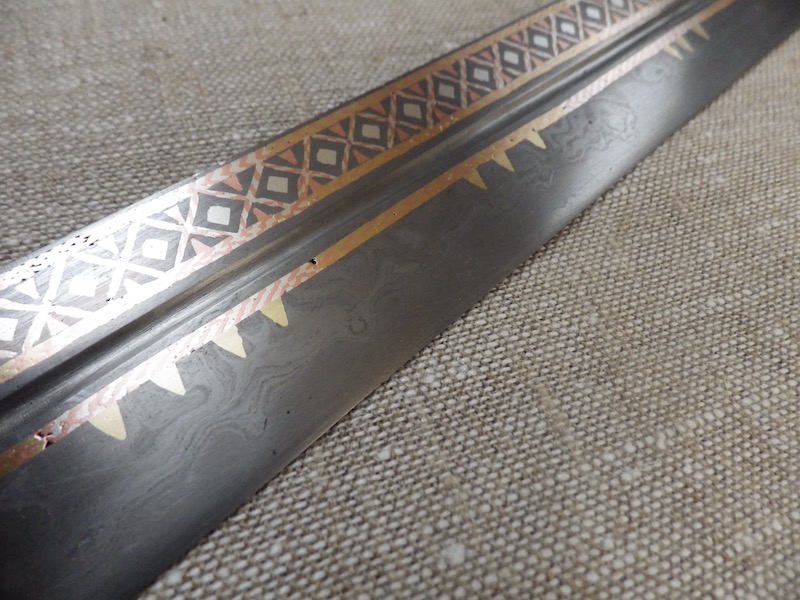
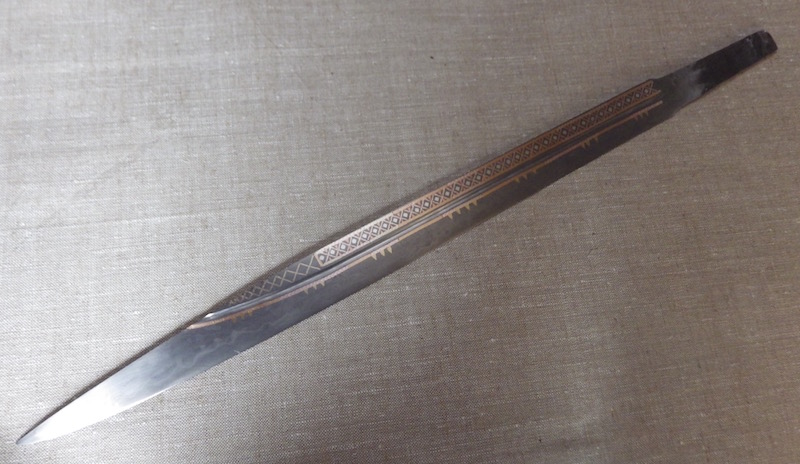
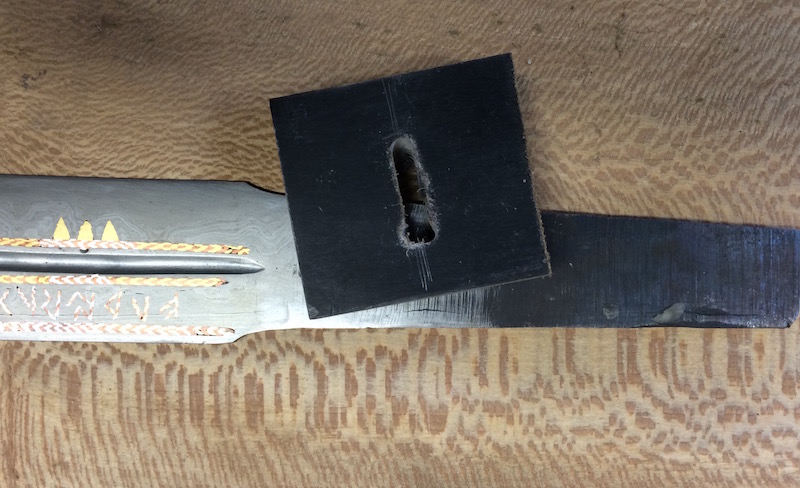
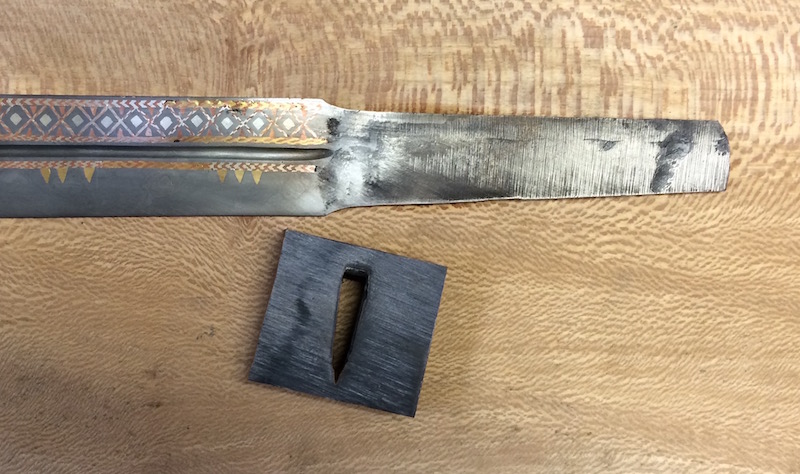
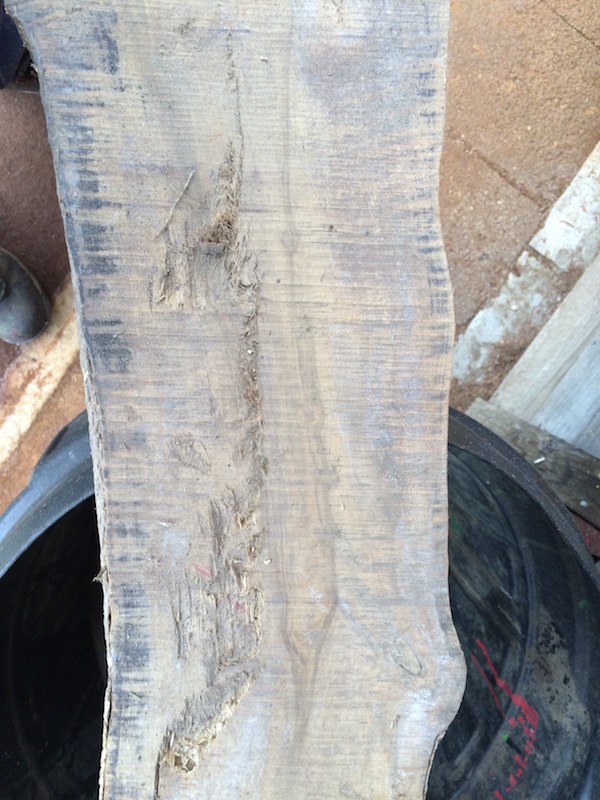
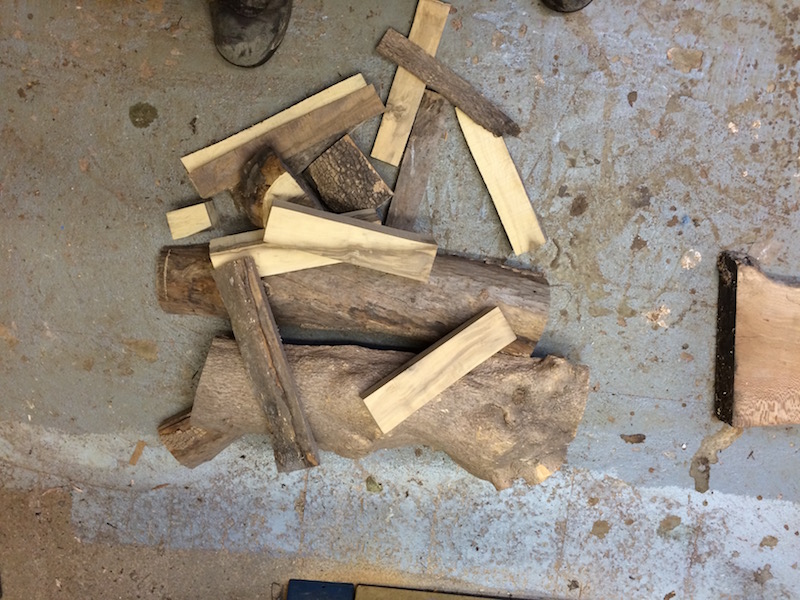



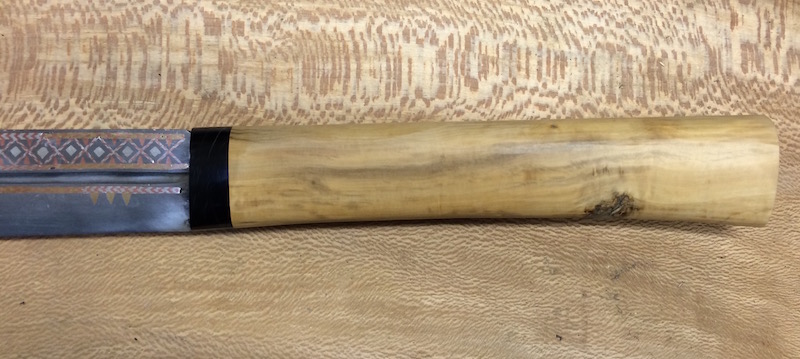


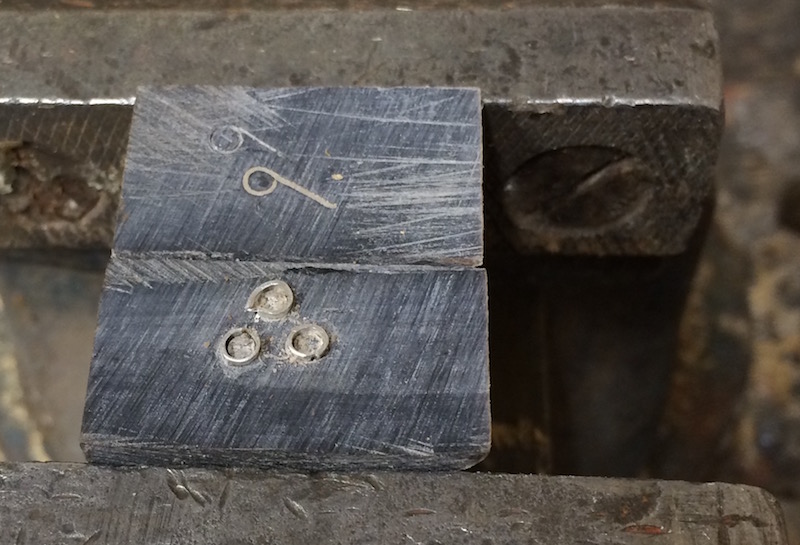
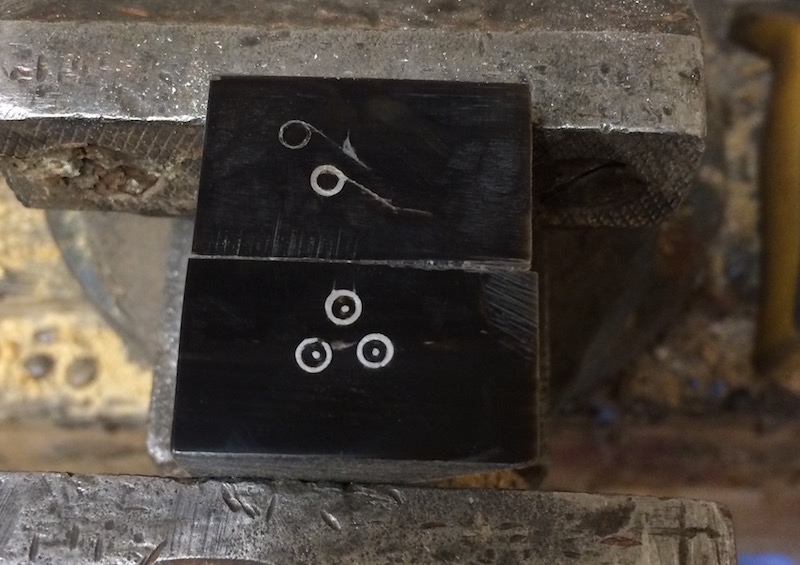
| Quote: |
| Hi Tod, what glue are you using to affix the handle? |
